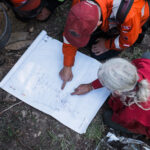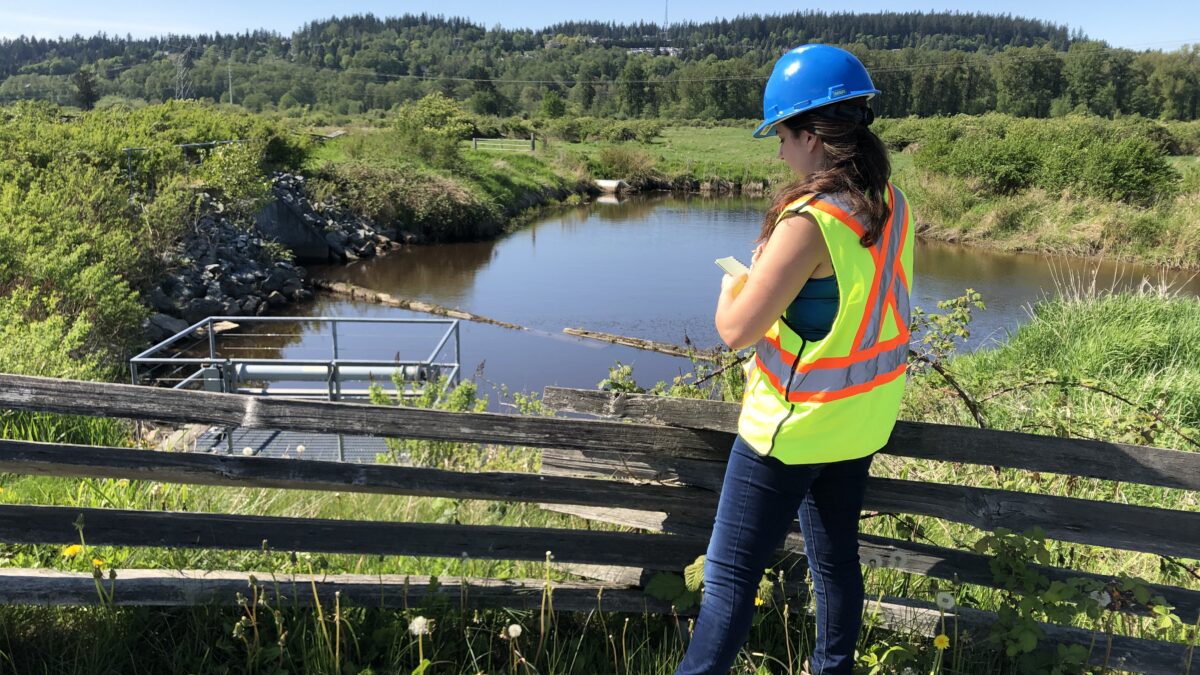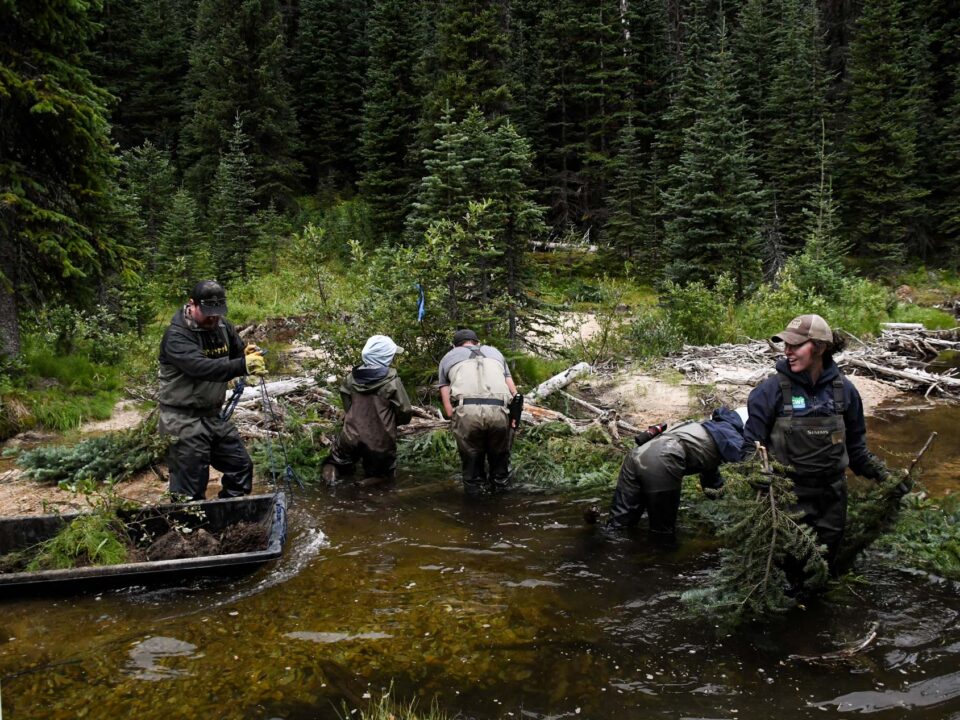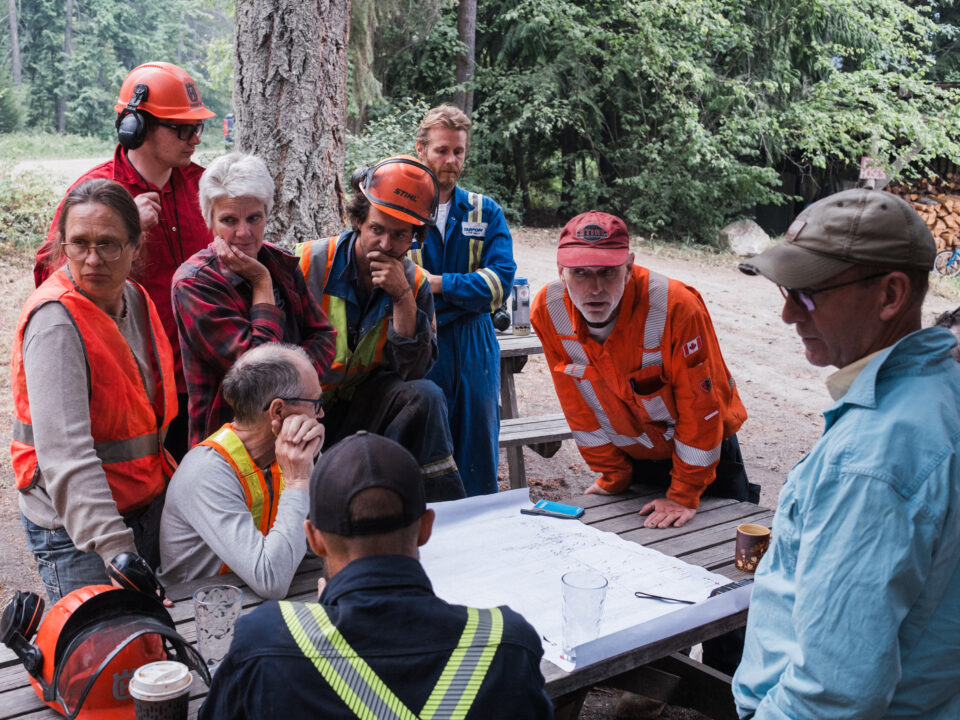
Kootenay water mapping project saves time for B.C. firefighters
September 24, 2024
Reduction of Watershed Security funding a blow to Reconciliation, First Nations, and local stewardship projects
September 27, 2024Opinion: Communities are facing a cycle of water-related crises, struggling with the growing frequency and severity of droughts, wildfires and floods.
Coree Tull, Chair of the B.C. Watershed Security Coalition. September 21, 2024. Original article.
On Sunday, millions of people in more than 100 countries are expected to participate in the 19th annual World Rivers Day. Originating in B.C. 44 years ago on the Fraser River, this day has become the template for celebrating watersheds across the globe.
Our province is blessed with rich river and lake systems — like the Fraser, Skeena, Okanagan, Columbia and Cowichan — that are vital lifelines to local communities, supporting economies, food production, fish habitat and our homes.
But our watersheds are in trouble.
As the provincial election kicks off, it’s a crucial moment for all political parties to commit to the stewardship of B.C.’s precious waterways. We may have set an example for celebrating watersheds, but now it’s time for our leaders to commit to their care. As chair of the B.C. Watershed Security Coalition, I’ve met with coalition members, mayors, chiefs and local residents across the province. The message is clear: communities in every region are facing a cycle of water-related crises, made worse by the deteriorating state of local watersheds.
Longer droughts create conditions for bigger wildfires, which increase the risk of severe floods due to vegetation loss and soil erosion. Instead of steady winter rains, we now experience intense storms that deliver a year’s worth of rain in a single day, washing away much-needed water into the ocean and leaving us dry in the summer.
In just three years, this cycle has cost billions. The continuing drought from 2021 to 2024 led the Sunshine Coast and Village of McBride to declare states of emergency, while Tofino nearly ran out of drinking water.
B.C.’s 2019 Climate Risk Assessment predicted that such multi-year shortages could easily cost $1 billion in lost economic productivity. Drought also led to the devastating wildfires that cost over $1 billion in 2023, and historic flooding in 2021 caused $9 billion in damage, which was worsened by prior wildfires.
Right now, communities are struggling with the growing frequency and severity of droughts, wildfires and floods. However, with strong provincial leadership, local communities can be supported to not only withstand these challenges, but also to thrive.
Three essential actions are needed to build a more secure future:
Establish local watershed boards
We urgently need to get proactive. Communities are tired of playing defence, always responding to the latest water crisis. Establishing a province-wide system of watershed boards would provide dedicated local leadership. Regions that already have these boards, like the Cowichan and Okanagan, benefit from proactive water management, leveraging local expertise for better decisions and mobilizing action to protect their communities. Every region of B.C. should benefit from this kind of leadership.
Value waterways the same as other essential infrastructure
It’s essential for resources to match the scale of the problem. A panel of water experts recommended $50 million to $100 million annually is needed to protect and restore B.C.’s watersheds. In 2021, the B.C. government invested $27 million in watershed projects through the Healthy Watersheds Initiative, followed by $30 million in 2022.
While less than needed, the results were still phenomenal. Restored creeks and wetlands protected local businesses during floods. First Nations and farmers worked together to ensure water and food security during drought, and Indigenous-led stewardship improved outcomes for both people and salmon. The new B.C. Watershed Security Fund, a permanent fund created with First Nations, can continue this important work and be a shining global example. Unfortunately, it currently provides only $5 million annually for watershed projects. That’s less than $150,000 for each of B.C.’s 34 watersheds — a fraction of what’s needed.
It’s time we valued our waterways the same as other essential infrastructure. For less than the cost of a single bridge or highway, the province would ensure a legacy of healthy and secure watersheds for all British Columbians.
Grow the watershed workforce
The Healthy Watersheds Initiative generated 1,517 jobs over two years. This is just the tip of the iceberg. A 2021 economic study identified the potential for 13,000 new jobs in B.C.’s watershed sector over the next decade. Many jobs would be in rural and semi-rural areas, offering opportunities for young people, First Nations and underemployed resource workers to stay in their communities. Provincial investment, partnerships with the private sector and training programs are required to kick-start this vital workforce.
By enabling local leadership, aligning resources with the scale of the challenge and mobilizing the watershed workforce, the B.C. government can ensure communities are strong and thriving in the face of our changing climate.
On World Rivers Day let’s celebrate a different future that’s possible and ask our local candidates to take a pledge for watershed security.




